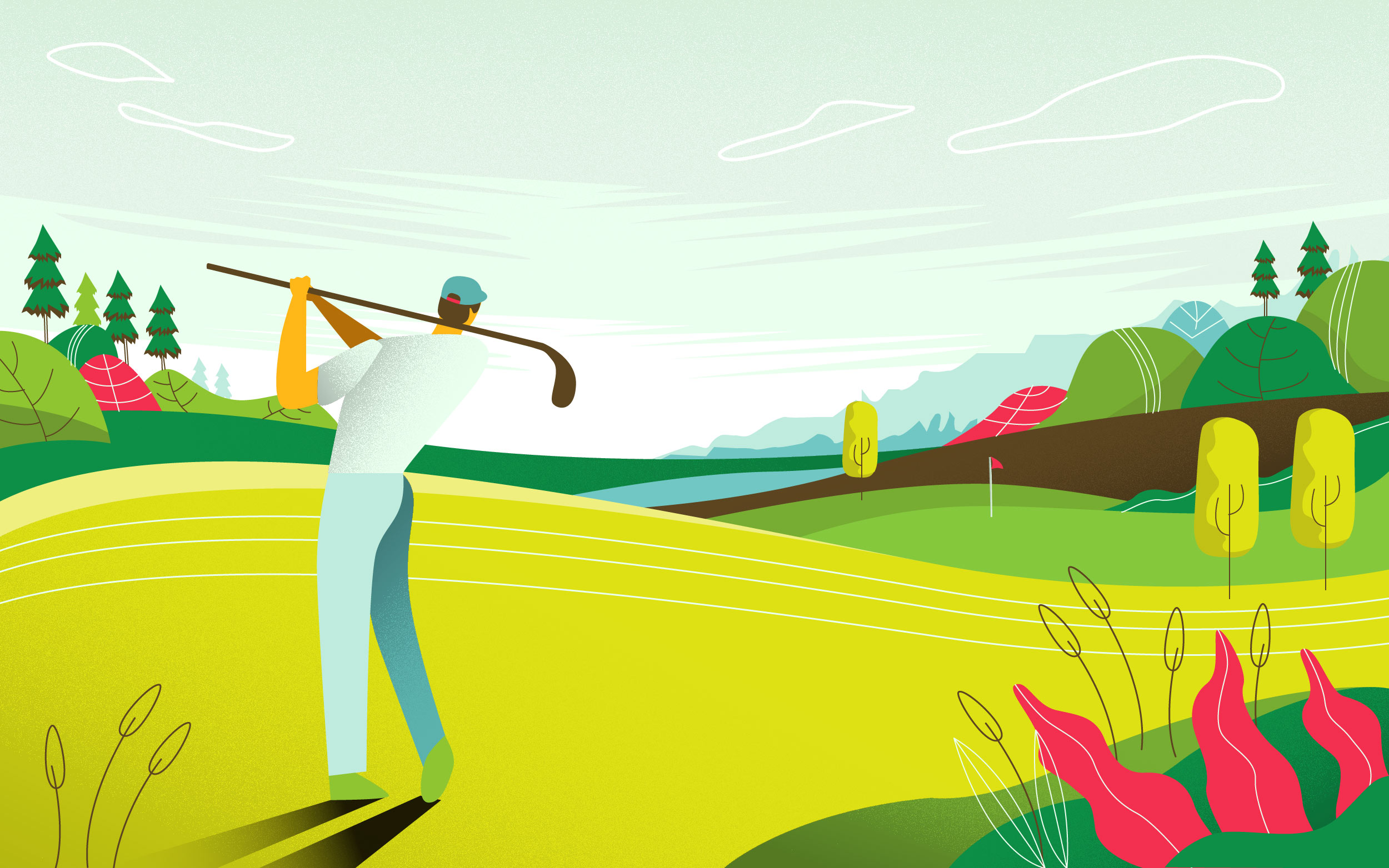I love golf. Golf is unique because I have the ability to be as good as the best in the world, if only for a couple of seconds. In contrast, I’ll never be able to last 30 seconds in the ring with Manny Pacquiao, hit a single slap shot like Alexander Ovechkin, or throw a baseball even close to the speed of Clayton Kershaw’s four-seam fastball. But, if I faced off against Tiger Woods and hit 100 shots to a green, I’m almost certain that I’d have him beat a handful of times (I did get down to a 4 handicap this summer). That feeling - being as good as the best - is why I love golf. However, this article isn’t about why I love golf. In fact, it’s about why others don’t like it.
It’s been known for a while now that golf is on the decline. According to the National Golf Foundation, the number of Americans who golf has gone from roughly 31 million in 2003 to 24 million today. Additionally, more golf courses are closing down than are opening up. As a longtime golfer and advocate for the game, I have a few thoughts on why this decline has happened, and what needs to be done to ensure the longevity of the sport. Over anything else, I believe there has to be a concerted effort to improve the image associated with golf.
The so-called “Tiger Era” of the early 2000s brought golf a boost of players. However, we have entered a new age of cutthroat competition and technological precision on the PGA Tour. Indeed, optimizing launch angle, spin rates, and club head speed are all the rage. It seems unlikely, or at least somewhat foolish, to place the future of the game on the hopes of another Tiger-esque figure emerging to dominate the game for the next decade. Thus, it is up to America’s golf industry and those who play the game to turn around this downward trend.
For most people, the image that comes to mind when they think of golf is old, white men putzing around the fairways of expensive country clubs. And at many clubs across America, their visions of reality would be correct. In fact, many exclusive golf clubs and major championship venues still do not allow women to be members. Augusta National, perhaps the most recognizable golf club in the world, had their first female members, Darla Moore and Condoleezza Rice, join just back in 2012. These misogynistic practices have to stop, and not just because it is morally wrong: these actions reflect the game and golf community as a whole. Golf may be a game of tradition, but this is not the tradition we should seek to uphold.
Another part of golf’s image is time and money. At a minimum of four hours for 18 holes, the cost of green fees, golf clubs, and all the other additional expenses, it is understandable that some people would prefer their time and money be spent somewhere else. However, contrary to what the latest Taylormade and Titleist advertisements may claim, you probably don’t need the latest driver. Personally, I have taken advantage of local classified and online resellers to cut some of the absurd costs of new clubs. And as far as time goes, I myself prefer playing 9 holes for the very reason that it still gives me the rest of the day to spend, and it’s also not nearly as mentally and physically draining as playing 18.
There are two main groups of people who I personally feel are currently underrepresented in golf: juniors and women. These two groups subsequently have the greatest potential to grow the game. Outside of the few friends I have made directly through golf, almost nobody I know in my age range has any desire to even try the game. Golf can and should be marketed towards these audiences as the friendly opportunity that it is to socialize and have a good time outdoors. And yes, there will always be people who will never play golf because they claim “it’s boring,” but saving the game does not require everyone to tee it up three times a week and watch every PGA Tour event. But, we do need to encourage people of all ages, from all backgrounds to give golf a chance.
It is worth noting that I have seen people making a true effort to rid of the stigmas and make the game more accessible. Immediately, producer Erik Anders Lang comes to mind. If you don’t know him, he radiates the young, hip energy that golf so badly needs. He is best known for his film shorts about his worldwide adventures, seeking exciting golf courses and interesting stories (my personal favorite is his urban slum golf in Mumbai video). But it’s not just the on-trend clothes and suave persona. Erik makes golf cool while managing to respect the tradition and heritage of the game. His shorts are less about the actual golf, and more about the journey and the people. All together, it makes him someone that no golfer can dislike, and someone I admire greatly.

Erik Anders Lang filming a video with Brian Baumgartner (a.k.a. Kevin from The Office).
There are a lot of things that do not lie at the core of what golf truly is. Golf does not have to be about tucked in shirts with crisp collars. Golf does not have to be about $200 green fees or $500 drivers. Golf does not have to be about playing exactly by the rules or even keeping score. This being said, I will be the first to admit that I tuck in my polo shirt when I play, enjoy tracking my score, and have played at snot-nosed country clubs. But this is not what I choose to remember about my experiences with golf. In my mind, golf is about the time where I took $20 off a buddy in a friendly money-match that came down to the 18th green. Golf is about the feeling of a perfect iron shot setting up a tap-in birdie. Golf is about the hotdog and beer at the turn. Golf is about the laughs, the stories, and the memories. This is what the image of golf should be.

